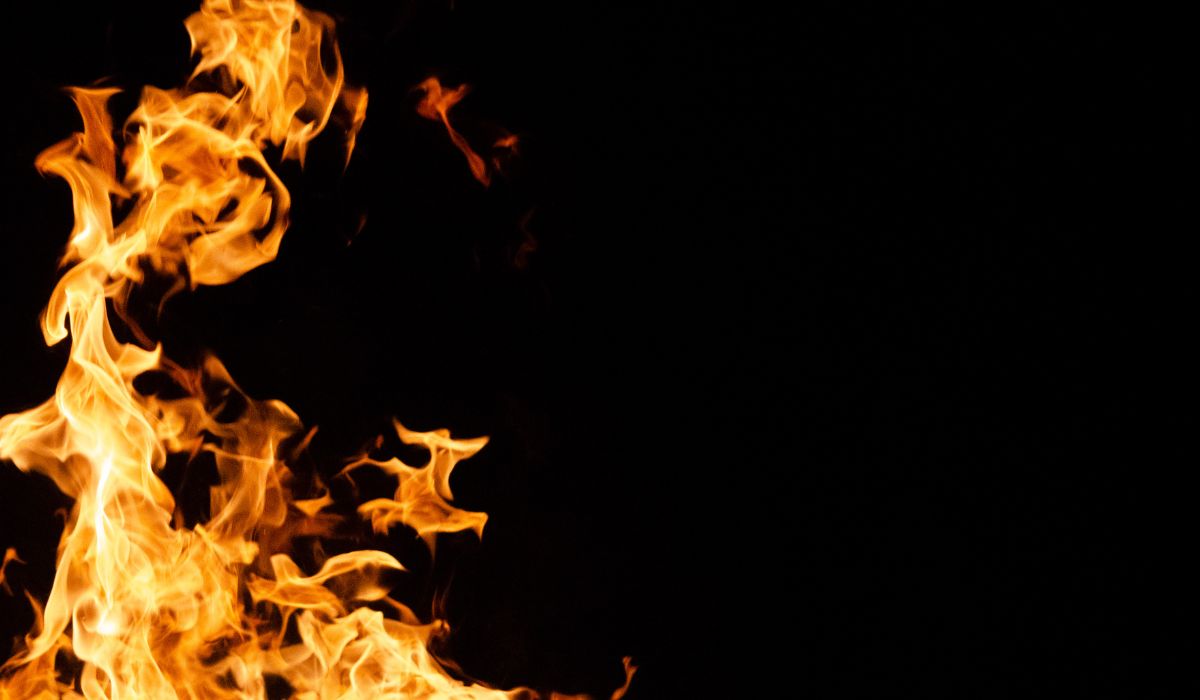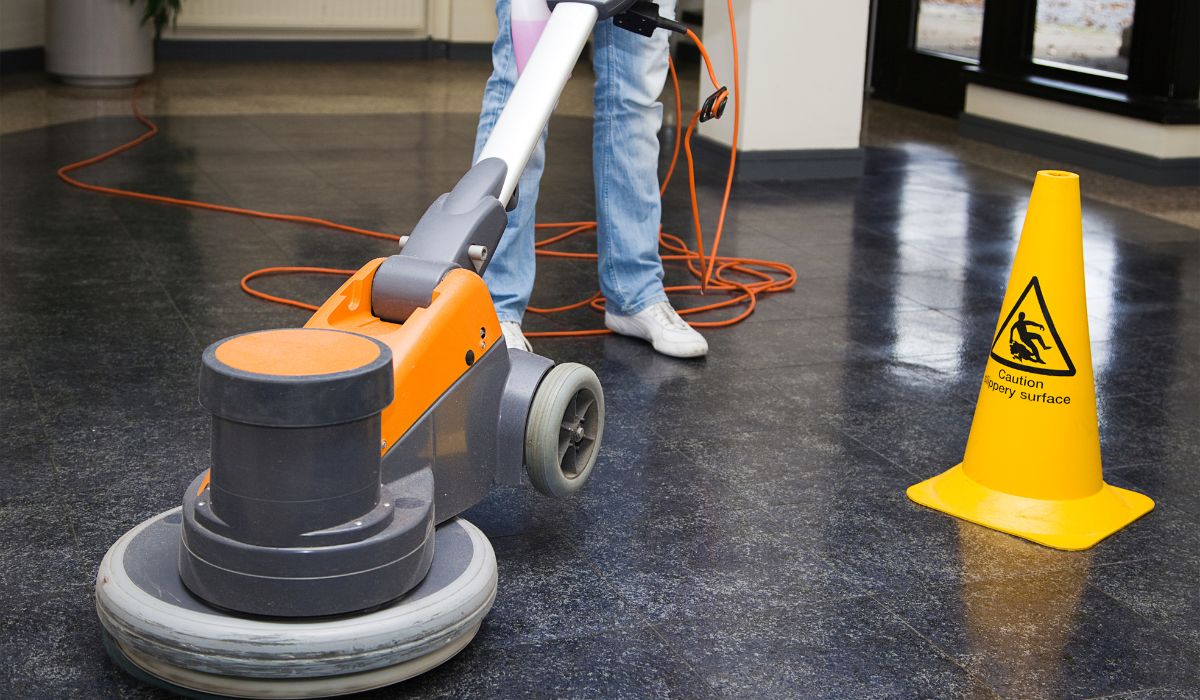What Restoration Steps Are Taken After Fire Damage
When a fire happens, it can leave behind big messes, stress, and worry. Flames, heat, smoke, and water from firefighters all cause damage. Many people wonder, “What restoration steps are taken following fire damage?”
Fire restoration is not just about fixing walls or cleaning soot. It is a step-by-step process that makes sure your home is safe, healthy, and ready to live in again. In this article, we will walk through the fire restoration process in simple words so you know what to expect.

Why Fire Restoration Is Important
After a fire, your property is often left with smoke, soot, water, odor, and even mold. Without quick help, these problems can grow into bigger risks for your safety and health. Fire damage restoration is the path to bring your home back to normal.
Step 1: Emergency Response
The first step in fire damage cleanup is calling for emergency restoration. Many homeowners contact a fire restoration company right away.
- Fire department role – Firefighters put out the flames with water, hoses, and sometimes foam. While this saves your home, it also causes water damage in walls, ceilings, and floors.
- Emergency service – A restoration company will arrive fast to stop further damage. They secure the property, cover holes in the roof, and check for leaks in plumbing.
- Customer service – Good companies have 24/7 lines, strong communication, and send a quick message to confirm help is on the way.
Step 2: Property Inspection and Evaluation
The next part of the fire restoration process is a careful inspection.
- Restoration professionals do an evaluation of all damages.
- They look at walls, ceilings, floor, basement, duct, drywall, carpet, wood, paint, electrical wiring, and roof.
- The inspector checks indoor air quality, possible contamination, and particulates from soot.
- They use a checklist and sometimes collect data to guide the management plan.
This step gives both the homeowner and the restoration team clear information about the level of damage.
Step 3: Safety and Hazard Control
Safety comes first. Fires leave behind hidden hazards and risks.
- Workers wear personal protective equipment like gloves, masks, and respirators.
- They block unsafe areas to avoid accidents with weak ceilings, walls, or damaged floor.
- If needed, they call an electrician or plumber to check electrical wiring and plumbing leaks.
- Fire safety steps are always followed during the cleanup.
Step 4: Water Extraction and Drying
Most people don’t realize how much water firefighters use. That water can flood your basement, soak carpets, and ruin drywall.
- Water extraction tools and vacuum cleaners remove standing water.
- Large fans and ventilation systems start drying walls, floors, and ceilings.
- Moisture is measured to prevent future mold.
- A HEPA air filter may be used to trap tiny particulates in the air.
If water stays too long, corrosion, mold, and wood rot can happen. Quick drying is key.
Step 5: Smoke and Soot Removal
Smoke damage and soot spread everywhere after a fire. They can even enter duct systems and affect indoor air quality.
- Smoke damage restoration includes cleaning walls, ceilings, floors, carpet, and ductwork.
- A vacuum or vacuum cleaner with HEPA is used to remove fine carbon particulates.
- Special cleaner solutions wash away sticky soot.
- Ozone machines may help remove stubborn odor.
- In some cases, antimicrobial sprays are used to prevent contamination and improve health safety.

Step 6: Debris Removal and Demolition
Next, teams remove burned items and damaged building parts.
- Debris includes charred drywall, ruined furniture, and unsafe carpets.
- Sometimes, demolition is needed to remove weak walls, a damaged ceiling, or broken floor sections.
- Safe disposal helps reduce hazard and makes room for construction and renovation later.
Step 7: Cleaning and Decontamination
Cleaning is more than just scrubbing. Fires cause contamination in many ways.
- Surfaces are cleaned with antimicrobial solutions.
- Air filter systems are checked for soot buildup.
- Ventilation is improved to lower risk of bad air.
- Teams may use an ozone treatment or experiment with other odor removal tools.
These steps protect your health and restore safe indoor air quality.
Step 8: Repairs and Reconstruction
After cleanup, it’s time for fire damage repairs.
- Fire damage repair includes fixing walls, drywall, ceiling, and floor.
- Replacing carpet, refinishing wood, and repainting with new paint bring back beauty.
- Construction and renovation rebuild destroyed areas.
- New electrical wiring may be installed by a licensed electrician.
- A plumber may repair leaks or damaged pipes.
This stage turns your property from a disaster site back into a livable home.
Step 9: Odor Removal and Air Quality
One of the hardest parts of fire cleanup is odor. Smoke smell can stay for months if not treated.
- HEPA vacuums, ozone machines, and ventilation systems help clean the air.
- Carbon filters remove lingering smoke smells.
- Teams test indoor air quality for hidden particulates and contamination.
This step improves comfort and safety for everyone inside.
Step 10: Final Inspection and Certification
At the end, a restoration company will do a final inspection.
- Homeowners get a report with data, photos, and details of repairs.
- Some companies provide a certification to show the home is safe and restored.
- A clear message is shared with the customer about what was fixed.
- This step lowers stress and builds trust through good customer service.
Step 11: Working With Home Insurance
Most fire repairs are expensive. That’s why home insurance is important.
- A fire restoration company often helps with the claims management process.
- They keep an inventory of items lost in the fire.
- They share information and photos with the insurance adjuster.
- This communication makes sure the customer gets fair coverage for damages.
Step 12: Fire Prevention for the Future
Once your home is restored, it’s time to think about fire prevention.
- Keep a fire extinguisher in the kitchen for cooking fires.
- Install smoke alarms in the basement, ceiling, and floor areas.
- Practice a fire escape plan with your family.
- Maintain electrical wiring and call a licensed electrician if you see sparks.
- Schedule plumbing checks to avoid leaks that could cause a flood during a fire.
Prevention reduces future risk, protects your property, and gives peace of mind.
Choosing the Right Fire Restoration Company
Not all restoration services are equal. Look for:
- A licensed and insured restoration company
- Certification and training for restoration professionals
- Positive reviews on customer service
- Clear communication during the fire restoration process
- 24/7 emergency service for disasters
Some homeowners know big brands like Servpro, but many local companies also offer strong restoration services.
The Emotional Side of Fire Restoration
Beyond the damage restoration, families face stress and fear.
- Losing belongings can hurt.
- Seeing your property in ruins is hard.
- Working with kind restoration professionals and strong customer service helps reduce stress.
Good companies offer not just fire damage restoration but also care, support, and knowledge to guide you through recovery.

FAQs
What is the first step in fire damage restoration?
The first step is emergency response. A fire restoration company will secure your home, cover the roof, and stop water or plumbing leaks.
How long does fire restoration take?
It depends on the damages. Small fire damage repairs may take days, while full renovation and construction can take weeks or months.
Can I clean smoke damage myself?
Small areas can be wiped with a cleaner and vacuum, but deep smoke damage restoration should be done by restoration professionals with the right tools.
Does home insurance cover fire restoration?
Most home insurance plans cover fire damage cleanup, water damage fire repairs, and smoke damage restoration. Always check your policy.
How do I prevent fires in the future?
Practice fire safety. Keep a fire extinguisher handy, check electrical wiring, clean your duct, and set up a family fire escape plan. Contact us today for more information about how we can help. If there is an emergency, please dial 911 locally.
Final Thoughts
So, what restoration steps are taken following fire damage? It is a full process: from emergency service and water extraction, to smoke damage restoration, cleaning, repairs, and final safety checks. With the right fire restoration company, your property can be safe, clean, and ready for your family again.
Fire restoration is not just about fixing a house—it’s about restoring your life.



